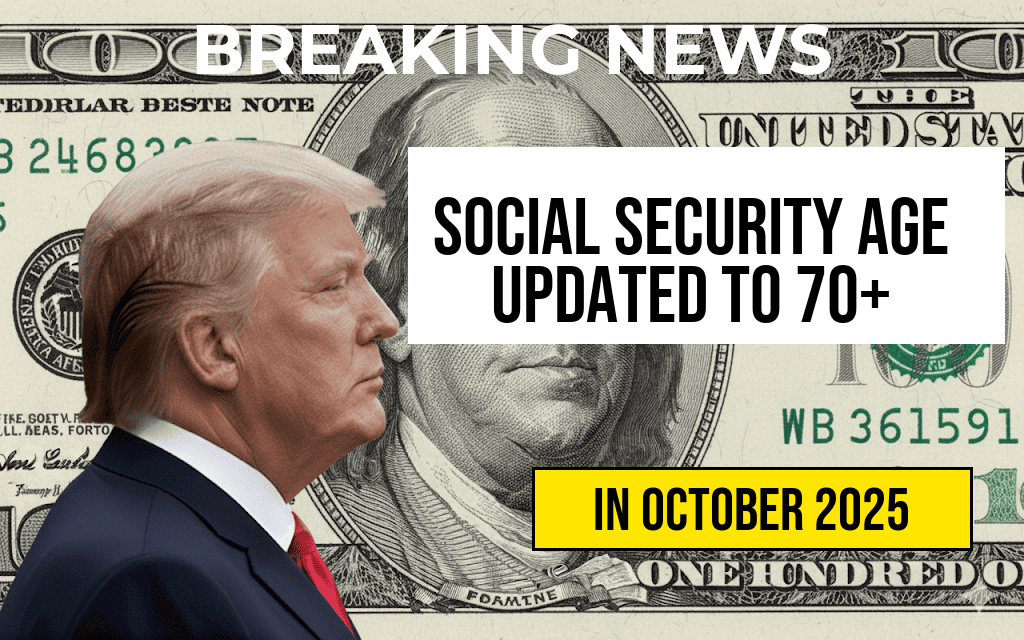Former President Donald Trump has publicly supported a controversial shift in retirement investment policies, advocating for the inclusion of high-risk cryptocurrencies within 401(k) plans. This proposal, introduced by a recent regulatory rule change, aims to expand the investment options available to millions of Americans saving for retirement. Trump’s endorsement signals a significant departure from traditional conservative investment strategies, emphasizing a more aggressive approach that could potentially lead to higher returns but also introduces substantial volatility and risk. The new rule, approved by the Department of Labor, allows 401(k) plan administrators to include cryptocurrency assets as part of their investment lineup, provided they give participants appropriate disclosures about the risks involved. Supporters argue that this move could modernize retirement portfolios and tap into the explosive growth of digital assets, while critics warn it could jeopardize the financial security of vulnerable savers.
Background on the New 401(k) Cryptocurrency Rule
The recent regulatory adjustment stems from an effort to increase flexibility and innovation within retirement plans. Historically, 401(k) providers have limited investment options to traditional assets such as stocks, bonds, and mutual funds. However, the Department of Labor’s new rule enables plan sponsors to offer alternative investments, including cryptocurrencies, if they comply with certain disclosure and risk mitigation measures.
This policy change has ignited debate among financial experts, policymakers, and retirement advocates. Proponents argue that incorporating digital assets could diversify portfolios and potentially boost long-term growth, especially given the rapid appreciation of cryptocurrencies like Bitcoin and Ethereum over recent years. Opponents, however, caution that the unregulated and highly volatile nature of these assets could expose retirees to significant losses, especially for those nearing retirement age who may not have the time to recover from downturns.
Donald Trump’s Position and Rationale
During a recent rally in Florida, Trump voiced his support for allowing high-risk investments such as cryptocurrencies within retirement plans. He emphasized the potential for digital assets to provide higher returns compared to traditional investments, suggesting that Americans should have the freedom to choose their own risk profiles. “If people want to put a small portion of their retirement savings into Bitcoin or other cryptocurrencies, they should be able to do so,” Trump stated. “It’s about giving Americans more control and opportunity to grow their savings.”
Trump’s stance aligns with a broader political narrative advocating for less regulatory oversight and more personal responsibility in financial decisions. While his comments have garnered praise from crypto advocates, they have also raised concerns among financial regulators wary of the risks associated with such speculative investments.
Implications for Retirement Savers and the Market
| Advantages | Disadvantages |
|---|---|
| Diversification of investment portfolio | High volatility leading to potential large losses |
| Potential for higher returns during bull markets | Lack of regulation and oversight increases risks of fraud and manipulation |
| Encourages innovation in retirement savings options | Complexity in understanding digital asset markets for average investors |
Financial industry observers note that the integration of cryptocurrency investments into retirement plans could reshape how Americans approach long-term savings. Some larger plan providers have expressed cautious optimism, signaling readiness to develop suitable products with transparent risk disclosures. However, many experts emphasize the importance of investor education and clear guidelines to prevent uninformed decisions that could jeopardize retirement security.
Regulatory and Industry Response
The Department of Labor’s decision to permit cryptocurrency options in 401(k) plans has prompted diverse reactions. Major financial institutions have approached the change with caution, citing concerns over liquidity, valuation standards, and the potential for market manipulation. Industry groups like the American Bankers Association have called for comprehensive safeguards before widespread adoption.
Meanwhile, advocacy groups focused on investor protection warn that the volatility inherent in digital assets could disproportionately harm less experienced investors. A spokesperson for a prominent retirement savers’ organization remarked, “While innovation is vital, we must prioritize the financial security of millions nearing retirement who may not be equipped to handle such high levels of risk.”
Legal and Policy Considerations
The rule change raises questions about fiduciary responsibilities for plan administrators and the adequacy of disclosure requirements. Critics argue that allowing risky assets like cryptocurrencies could increase litigation risks if retirees suffer significant losses. Policymakers are also divided, with some advocating for stricter oversight to protect savers, while others push for deregulation to foster financial innovation.
The debate underscores a broader shift in how digital assets are viewed within traditional financial frameworks. As the landscape evolves, ongoing regulatory adjustments and industry adaptations will likely shape the future of retirement investing.
For further insights into the regulatory environment surrounding cryptocurrencies, see the Wikipedia entry on Cryptocurrency Regulation. To understand the historical context of retirement plan reforms, refer to the Forbes article on 401(k) evolution.
Frequently Asked Questions
What is the new 401(k) rule proposed by Donald Trump regarding cryptocurrency investments?
The new 401(k) rule proposed by Donald Trump would allow participants to include high-risk cryptocurrency investments in their retirement plans, providing more options for diversifying their investment portfolios.
Why does Donald Trump support allowing high-risk cryptocurrencies in retirement accounts?
Donald Trump supports this change because he believes it offers investors increased opportunities for growth through alternative assets, potentially leading to higher retirement savings.
What are the potential risks associated with including cryptocurrencies in retirement plans?
The main risks include the volatility of cryptocurrency markets, potential losses, and the lack of regulation which could impact investment security.
How might this new rule impact the overall retirement savings landscape?
If implemented, the rule could introduce a new asset class into retirement portfolios, potentially increasing returns for some, but also raising risk levels and requiring careful consideration by investors.
What should investors consider before including cryptocurrencies in their 401(k) plans?
Investors should consider their risk tolerance, the volatility of cryptocurrencies, and the long-term implications for their retirement savings before making such investments.








